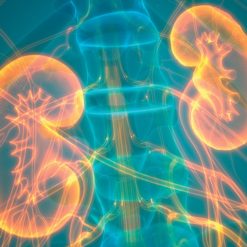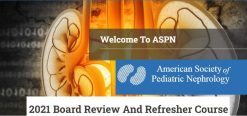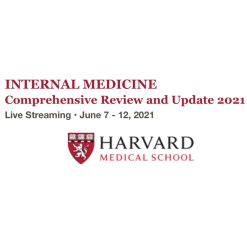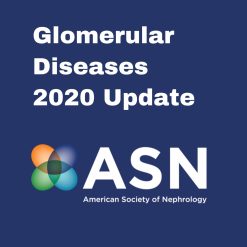2020 Pathology Review Genitourinary, Pulmonary and Neuropathology for the General Pathologist
$40,00
This Product is shared via google drive download link, So please share your correct Gmail id while placing the order .Please note that there are no CME points or certificate associated with this course Samples for Courses Can be found here : Free Samples Here!
2020 Pathology Review Genitourinary, Pulmonary and Neuropathology for the General Pathologist
Pathology Review Genitourinary
Educational Objectives ▼
At the completion of this CME activity, subscribers should be able to:
- Discuss the most common benign and malignant well-differentiated lipomatous tumor.
- Recognize the major diagnostic pitfalls in the diagnosis of lung adenocarcinoma and non-adenocarcinoma thoracic neoplasms.
- Develop an integrated approach to the diagnosis of lung cancer.
- Discuss the importance of pathological and radiological correlation in pulmonary disease.
- Better understand the evaluation of a blue biopsy.
- Recognize the pearls and pitfalls of interstitial lung diseases and their mimics.
- Discuss the WHO classification and cIMPACT-NOW classification guidelines for CNS tumors.
- Better understand peripheral nerve sheath tumors.
- Recognize glial and glioneuronal neoplasms.
- Develop an integrated approach to intraoperative CNS consultations and frozen sections.
- Appreciate meningioma grading and other meningeal neoplasms.
- Discuss the diagnosis and reporting of limited adenocarcinoma on needle biopsy of the prostate.
- Analyze common bladder tumors on biopsy and TURB specimens.
- Review common differential diagnoses in bladder lesions.
- Review common differential diagnoses in prostate lesions.
- Recognize mimickers of bladder neoplasm.
- Better understand medicolegal issues in pathology cases relating to genitourinary pathology.
No special educational preparation is required for this CME activity
Topics/Speaker:
1. Diagnosis and Reporting of Limited Adenocarcinoma on Needle Biopsy of the Prostate
2. Diagnosis, Staging, and Grading of Urothelial Carcinoma
3. Common Differential Diagnoses in Kidney and Testis Lesions
4. Mimickers of Bladder Neoplasia
5. How Biopsy Technique (Transbronchial, Cryo, or Needle Biopsy) Changes Your Pathologic Approach
6. Medicolegal Issues of Pathologists General Aspects and Specific Cases Relating to Genitourinary Pathology
7. Lung Adenocarcinoma What Do I Need to Know in 2020
8. Update of the WHO Classification and cIMPACT-NOW Classification Guidelines
9. The Importance of Clinical and Radiologic Correlation in Pulmonary Pathology
10. Glial and Glioneuronal Neoplasms
11. What To Do With the Blue Biopsy
12. Peripheral Nerve Sheath Tumors
13. Approach to Important Non-Adenocarcinoma Thoracic Neoplasms
14. Intraoperative CNS Consultations Frozen Sections
15. Neuropathology Unknown Cases
16. Non-neoplastic Mimickers of Diffuse Gliomas
17. Key Pearls of Interstitial Lung Disease and Their Mimics That Should Change Your Approach
]
Related products
CRITICAL CARE / EMERGENCY MEDICINE
INTERNAL MEDICINE
NEPHROLOGY
ENDOCRINE / NUTRITION
NEPHROLOGY











